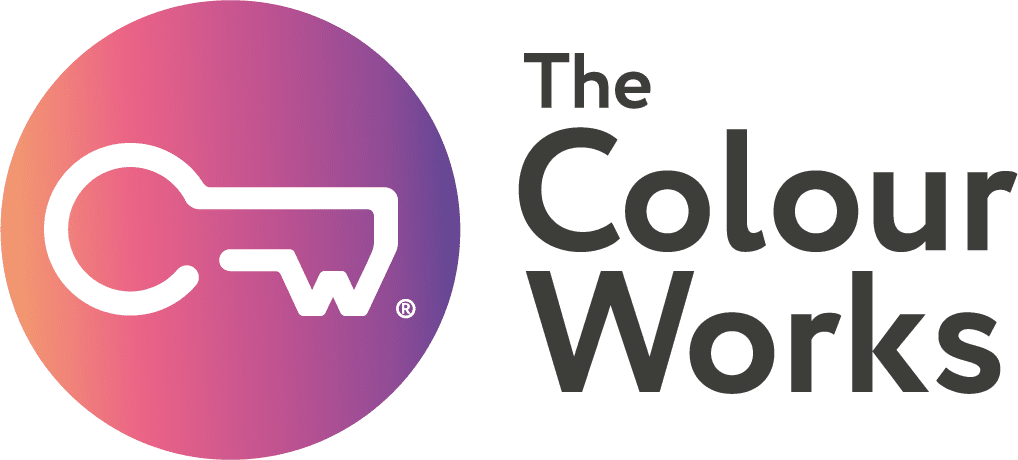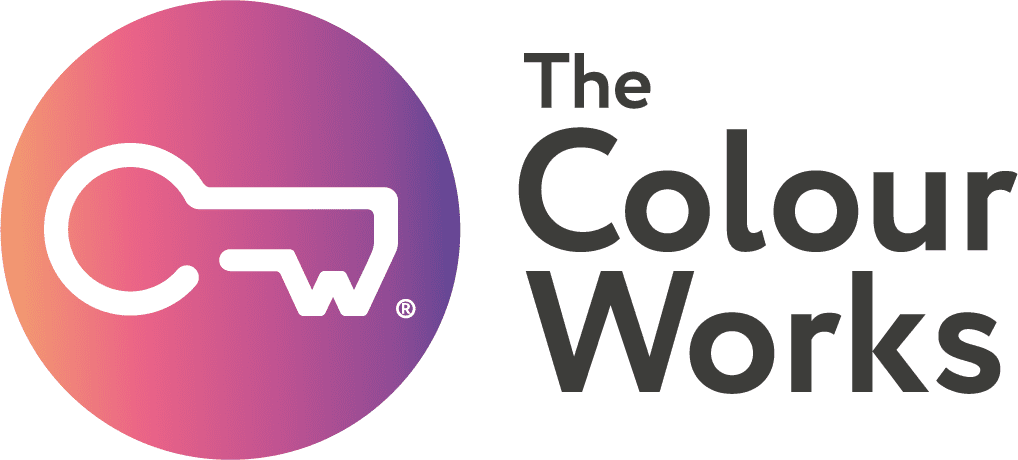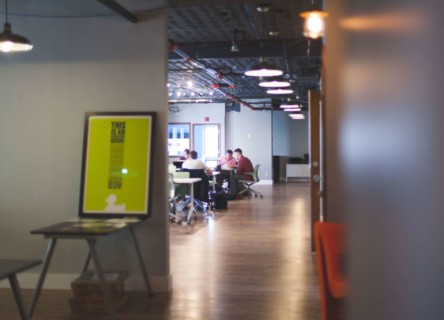Why not view our solutions on people and change today?
When there is a lack of trust within a team, individuals don’t feel comfortable sharing ideas and opinions due to a fear of vulnerability and a projection of unwelcome conflict. A ‘good’ team can still struggle in these areas whilst appearing to accomplish a lot of work every day.
The quality of work achieved once these team habits have improved sky-rockets, making investment into your people as prevention rather than cure a smart and future-driven business decision.
How conflict enhances team-working
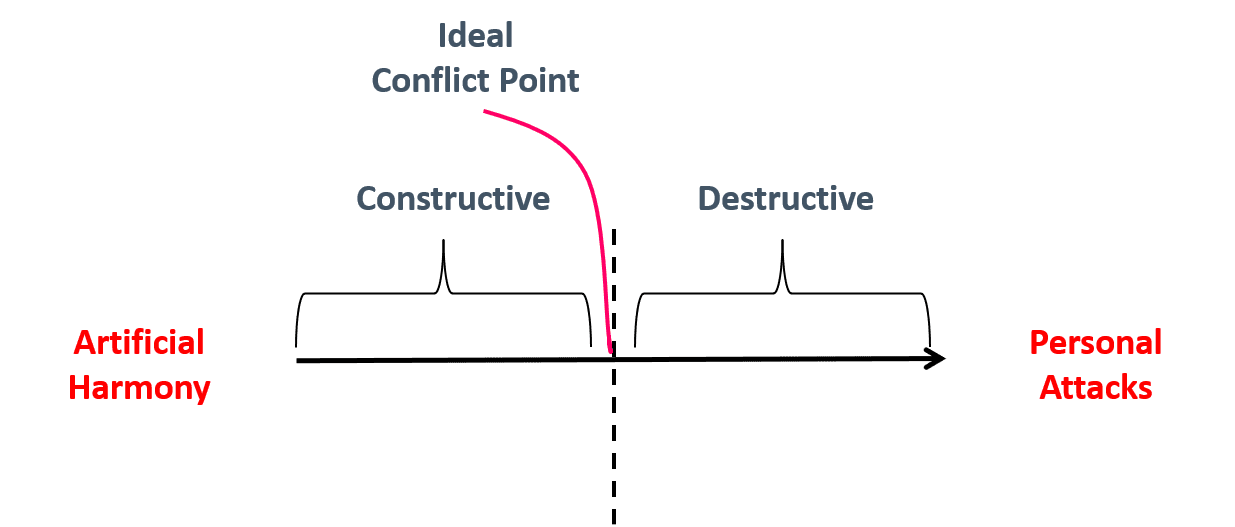
It’s natural to shy away from conflict; our fight or flight response kicks in, stress hormones pour into our body, blood leaves our brain and we tend to either fight back or withdraw completely – neither productive nor conducive to conflict resolution.
Fear of conflict as an innate response, as well as often counter-productive, creates artificial harmony rather than brilliant teams. In his book, The Five Dysfunctions of a Team, Patrick Lencioni says that a team must be able to engage in productive conflict in order to maximise its effectiveness, and in Overcoming the Five Dysfunctions of a Team, he outlines what he introduces as the “Conflict Continuum” (right); a tool created to describe the nature of existing conflict within a team and to depict the ideal level.
Teams practicing constructive, passionate debate:
- Speak up and attack critical issues (because they’re not afraid of conflict and are comfortable being vulnerable)
- Make higher quality decisions, quicker (because they avoid wasting time revisiting the same topics due to lack of buy-in)
- Align the team around common objectives (because communicationis out there and clear)
- Are more innovative, and forward-thinking (because they are comfortable taking risks, asking for help, admitting mistakes, and offer and accept feedbackreadily).
The Discovery colour energies and conflict
Through the eyes of the Insights Discovery colour system, ‘opposite types’ can often be a source of possible conflict due to starkly different ways of working:
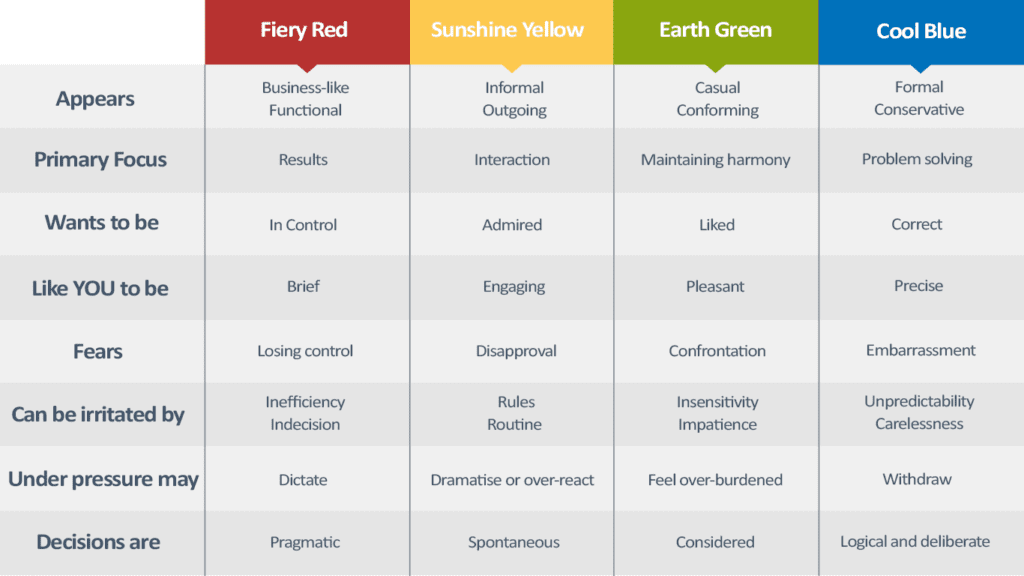
However, holding a mirror up and watching others behave in ways you yourself might be being perceived can also be painful. Team members with very similar colour mixes may fall into unproductive ways of working such as:
- Dominant Sunshine Yellow: May fail to give each other space and freedom as well as forgetting to give each other praise or recognition.
- Dominant Fiery Red: May get into unnecessary conflict and interrupt each other during ‘intense’ conversations.
- Dominant Earth Green: May fail to commit to action under stressful circumstances and allow prolonged (tense) silence rather than beginning the process of resolution.
- Dominant Cool Blue: May get stuck in the detail, focusing only on the negative, and may forget to balance their critical/analytical nature with looking for the positives and possibilities.
4 ways to embed constructive conflict
- Remind one another (incessantly to begin with) of the Colour Energies and behaviours listed above and use them as a metaphor for better engagement. Using colour bricks and team wheels as visual prompts, and introducing ‘working around the wheel’ into your meetings as best practice can help tremendously as a starting point.
- Recognise that being inauthentically ‘nice’ is counter-productive and harmful to meaningful relationships, good teamwork, AND the bottom line. Wanting to avoid difficult conversations is normal, but is not best for the health or productivity of the team.
- Understand your colleagues’ tipping points, test them out and ‘play’ with a few ideas in meetings, (with the agreement that we must each speak up if a line has been crossed.
- Lead and encourage an open and ongoing discussion of the difficult reality of creating an environment of high challenge BUT stress the huge benefits that will follow, and high five the room when they start to appear!
In summary
Artificial harmony is a ticking time bomb, whereas trusting, constructive conflict is the catalyst to good ideas.
Upon hearing other people’s ideas and perceptions, we are able to see other points of view, in turn helping us to clarify our own and establish what we stand for. By its very nature workplace conflict also grows our resilience, evolving from a fear of conflict to a healthy respect for challenge. It allows us to ask for what we need, rather than wait in submission.
Adopting a workplace culture that recognises conflict as a healthy and important tool reinvents us as hugely more proactive, open, innovative and collaborative.
Related Articles
Riding the Rising Tide of Change as a Team: A Personal Perspective
The other day I had the long-awaited experience of being back in the office with my much respected, missed and …
Read MoreHybrid Working – Good News, Bad News? Who Can Say?! based on research conducted in July 2021
Background At The Colour Works we support a network of over 170 Learning and Development specialists known as Client Practitioners …
Read MoreCreating a Change-Ready Mindset
“The Only Constant in Life Is Change” – Heraclitus. So, if change is the only constant in life, how is …
Read More

